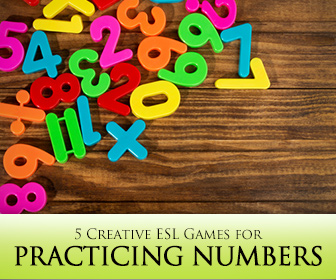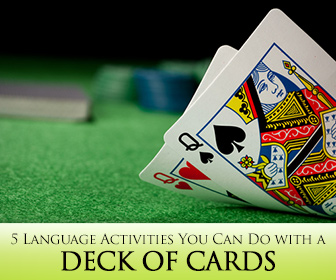Itís One of the Hardest Pieces of English, and Itís As Easy As One, Two, Three: Are You Helping Your Students with This Important Language Element?
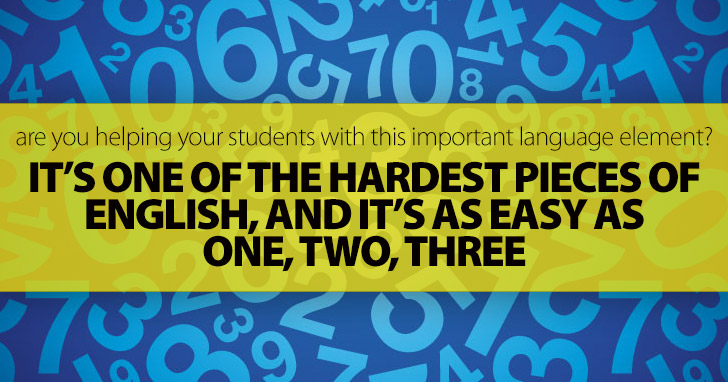


Numbers, she said, are so abstract that it’s hard to produce them fluently in any language other than one’s first. Whether she was right or she was wrong doesn’t really matter. I have found in my own experience that practicing numbers in English is a beneficial use of time for students at any level. Plus, these activities for reviewing numbers in English are also good time fillers when you have just a few minutes left at the end of class.

Go fish is such an easy game, and a fun one too. All you need are a deck of cards and someone to play with. In groups of four, one person deals seven cards to each player. Players then take turns asking specific players for a match to one of the cards in their hand. If they get one, they go again. If they don’t, they draw a card from the remaining stack. The player with the most matches once all the cards are gone wins.
Playing this simple number matching game with a standard set of dominoes will be great practice for your students. Just require them to read the numbers on each side of the piece they are playing before putting it down. But you can make the game a little more challenging by creating your own set of dominoes from some index cards. Rather than putting dots on each side of the domino, write a numeral on one side and a number (in word form – i.e. one, two, etc.) on the other side. Your students will then have to make connections between the numeral and the English word as they play.
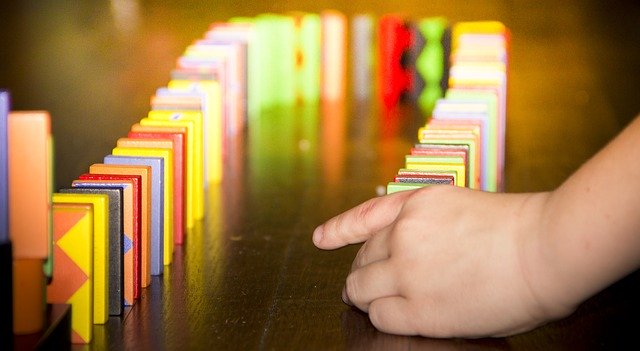
With a deck of cards, that is. Using a standard deck of playing cards might not be the greatest benefit to your students since they can play without using English numbers in their mind. Therefore, take a few minutes to create your own set of 52 cards with number words written on them. I find index cards most useful for this. Now your students will have to determine which written number is larger. I may be the worst artist in the continental U.S., but I also include stick figure jacks, queens and kings in my deck. It gives me a chance to teach the words and gives my students something to laugh at (my artistic talent), and I don’t blame them!
This game takes a little longer but has an element of review along with the game factor. Lets play:
The winner, of course, is the one who collected the most post-its. If you want to extend the activity, have students put their post-its in numerical order at the end of the game. Each student can also play with their own collection of post-its. The first person to collect all of his own cards wins.
You don’t need a thousand cards to play this game which practices reading numbers. Students play in pairs, and each pair needs four decks of cards (tens and face cards removed). On each turn, students lay four cards in front of them. The first card represents the thousands place, the second the hundreds place, the third the tens place and the fourth the ones place. On his turn, each person must read their number aloud before the pair decides whose number is larger. This is harder than it may seem in a second language, so make sure you give your students enough time to go through their stack of cards at least once.
This is an easy worksheet to have ready for a few minutes of free time. Create a crossword puzzle with numerals as the clues and written numbers as the answers. You can create a crossword puzzle for free at Puzzle Maker or other online sites. Then copy enough for your class and pull it out for practice or to fill a few unplanned minutes in class when you need it!
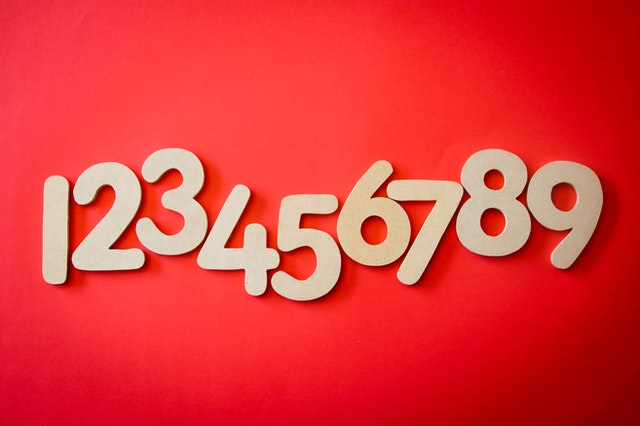
You can also keep a word search handy for number review. Generate a word search at Busy Teacher with number words one through twenty spelled out in the puzzle, but don’t give your students the list of number words. Challenge them to remember those words on their own! You can use the puzzle for review or as a time filler as needed.
I have always found Scrabble to be one of the most useful games to have on hand for my ESL classes (and you can usually pick up enough sets for your class inexpensively around the holidays). This game can serve double duty in your classroom when you challenge students to keep score using written numbers rather than numerals. Have each student keep his own score, adding the points he gains each turn. For example, one turn might read ‘seven plus five equals twelve’. The next turn – ‘twelve plus eight equals twenty’. If you like have each person turn in his paper at the end of the game. Your students will get practice writing out numbers as they also learn new vocabulary from the words their classmates play on the board.
This game takes some space but will get your students up and moving as they practice numbers. Write the numerals one through twenty on brown paper bags (brown bag lunch size), and keep several bags and a marker on hand to replace damaged bags as needed. Open each bag and twist the top so you have a paper bag balloon of sorts. Then arrange these in a circle in an open playing area. (You may need to go outside to have enough room.) Have two students stand in the center of the circle with a rolled up magazine for a bat. Then, say one number aloud and the two students must race to smash the bag that bears that number. The one who smashes it first scores a point
This game will really challenge your students’ abilities to read very large numbers. Students play in groups of three or four, and each group gets one die. A ten sided die is ideal (ten being zero), but a standard six sided die will work just as well. Students take turns rolling the die. On his turn, a student rolls and writes his number on the piece of paper to the left of any existing numbers. He then reads the number on the page. Players take turns rolling and adding numbers to one already on the paper, watching the number “snake” grow with each turn. With each turn the number becomes longer and students must read the entire number. Make sure each person gets at least three turns. By the end of the game, your students will be reading a number at least as long as 111,111,111.
What are they?

